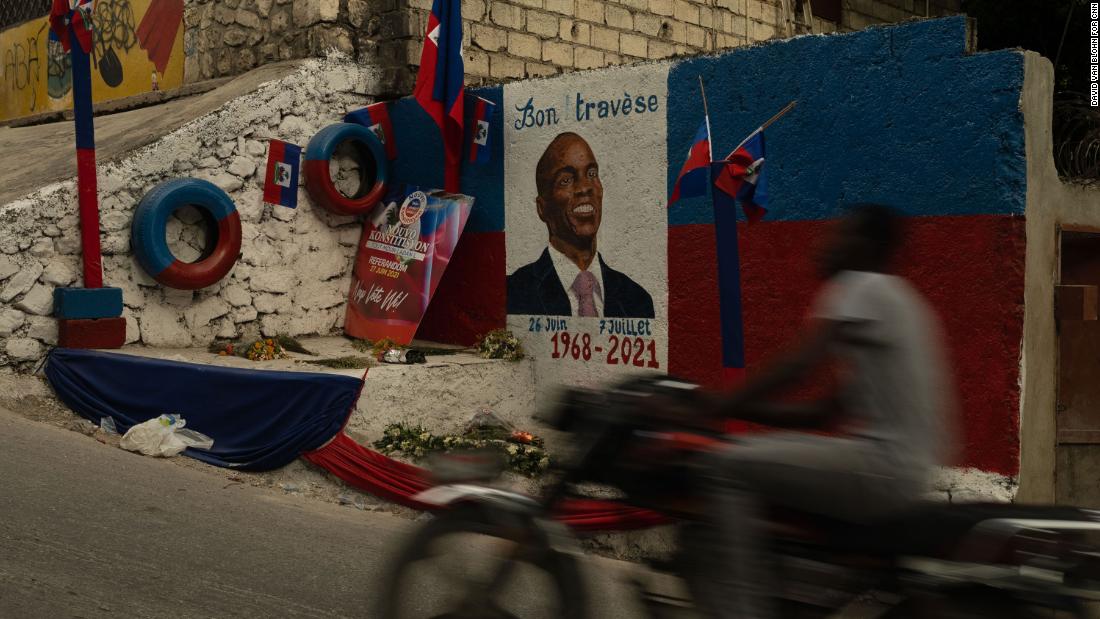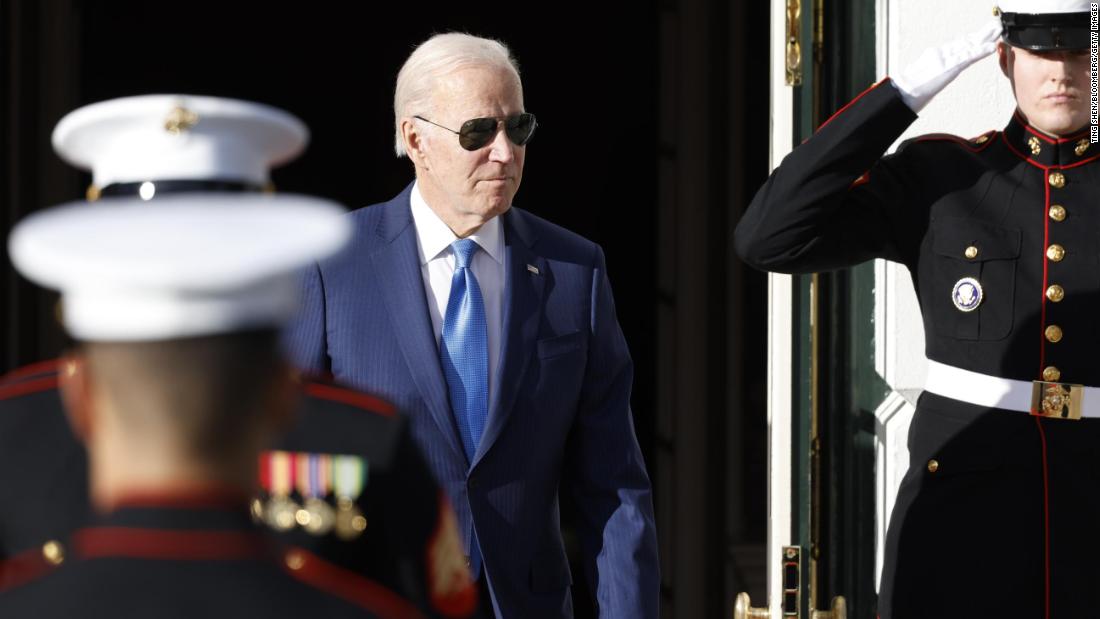‘On the Job’: Police Unions and Police Behavior
Some of the systemic problems of modern policing in America have more to do with the constraints of unions and public service personnel policies than with so-called police “culture,” says a Northwestern University law professor.

Despite the intense focus on police misconduct, “there is surprisingly little understanding” of the impact of personnel management policies on law enforcement behavior, argues a Northwestern University law professor.
Max M. Schanzenbach, the Seigle Family Professor of Law at Northwestern University’s Pritzger School of Law, says the high job security and union protections afforded police make it difficult for law enforcement managers to impose policies that could reduce police misconduct.
“The constraints imposed by contracts and civil service statutes prevent those who manage the police from creating proper age and experience mixes within police assignments, or from experimenting with assignment policies,” Schanzenbach wrote in a study of police personnel practices.
“It is an important example of how union and civil service contracts can simultaneously produce more misconduct and less effective policing.”
Schanzenbach notes that the inability to apply standard employment metrics to officers means that “bad cops” are rarely removed or disciplined.
Looking at data from 2014 through 2018, Schanzenbach found the average police officer mean salary in the U.S. was $74,000 a year, “which is over $10,000 more than the average private sector worker and over $15,000 more than the average public sector worker.”
In terms of job security, Schanzenbach found that police are about 85 percent less likely to report unemployment for any reason compared with private sector workers, and 63 percent to 65 percent less likely to report unemployment for any reason compared with public sector workers.
While the job security and pay are draws to the profession for many, Schanzenbach finds that there are still many inexperienced police officers that join their local police department — many who join as a young adult.
This is exacerbated considering that standards to join law enforcement vary dramatically across the United States.
Some departments require college degrees plus additional certifications to become a police officer, followed by a probationary period. In contract, most major cities simply have police academy training courses where a minimum age is required.
For example, to join the New York Police Department, an applicant must be at least 21 years old, hold a high school diploma plus at least 60 college credits with a minimum 2.0 GPA, among other qualifications, according to the NYPD website.
The Los Angeles Police Department requires applicants to be at least 21 years old by the time of police academy graduation, have a two-year or four-year degree from an accredited university, and pass a background check, among other qualifications, according to the LAPD website.
In contrast, Schanzenbach writes, Chicago officers needed 60 college credits or military service to apply to the police training academy, to then undergo a 13-month probationary period.
The young age and possible lack of experience can cause future concerns, Schanzenbach writes, noting that inexperienced police officers are “more likely to commit misconduct and at the same time more likely to receive high-risk assignments.”
“Bad tactics, collective responsibility, poor supervision, and the like can kill too,” Schanzenbach explains, noting how Breonna Taylor’s death was caused by police officers’ aggressive and poor tactics with search warrant executions, as well as individual officer misconduct and inexperience.
See Also: ‘Search Warrants Rot Law Enforcement’: Paper
Most importantly, Schanzenbach’s research details that “bad cops are a serious problem, are identifiable, and are rarely removed or disciplined.”
“Most studies find that misconduct is not evenly distributed across the police force, with a very long right-tail of the misconduct distribution (in other words, a few officers account for a lot of measured misconduct),” Schanzenbach writes.
But policing can change to ensure that there are avenues for accountability, Schanzenbach asserts.
He advocated giving police managers “a freer hand… to promote, demote, terminate, and otherwise discipline officers” as well as more flexibility in assignments and promotions “to create the right mix of experience within units and assignments.”
“This would provide inexperienced officers with additional on the job training and mitigate the harms caused by inexperience,” he wrote.
Avenues for Accountability
Schanzenbach writes that traditional job incentives like compensation and pension policies can be “rationalized” and changed if supervisors were empowered to manage police misconduct.
“Attempts to regulate police conduct directly or through civil rights litigation are impeded by the inability of those who supervise police to control individual officers through assignments, discipline, and removal,” he writes.
“The nexus of compensation, seniority, promotion, discipline, and pension policies that characterize much police personnel management cannot be rationalized under traditional labor and employment contract analysis.”
Instead, police managers could use additional assignments, penalties, and the promotion or pay incentives for officers who are not under review or have misconduct cases being investigated.
“The facts produced here suggest that at least some of the systemic problems of modern policing in American are neither an inevitable outcome of a historical path nor innate to police culture,” Schanzenbach concluded.
“Rather, constraints created outside the police department, imposed by forces largely unconcerned with policing (civil service laws) or the public interest (union contracts), may be important explanators of our present systemic failures.”
The full paper can be accessed here.
Max M. Schanzenbach is the Seigle Family Professor of Law at Northwestern University School of Law. He received his J.D. from Yale Law School and his Ph.D. (economics) from Yale University. Schanzenbach’s research, which is in the law-and-economics tradition, uses economic theory and statistical methods to assess the real-world effects of law and legal institutions.
This summary was prepared by Associate TCR Editor Andrea Cipriano.

 Landwebs
Landwebs 





















